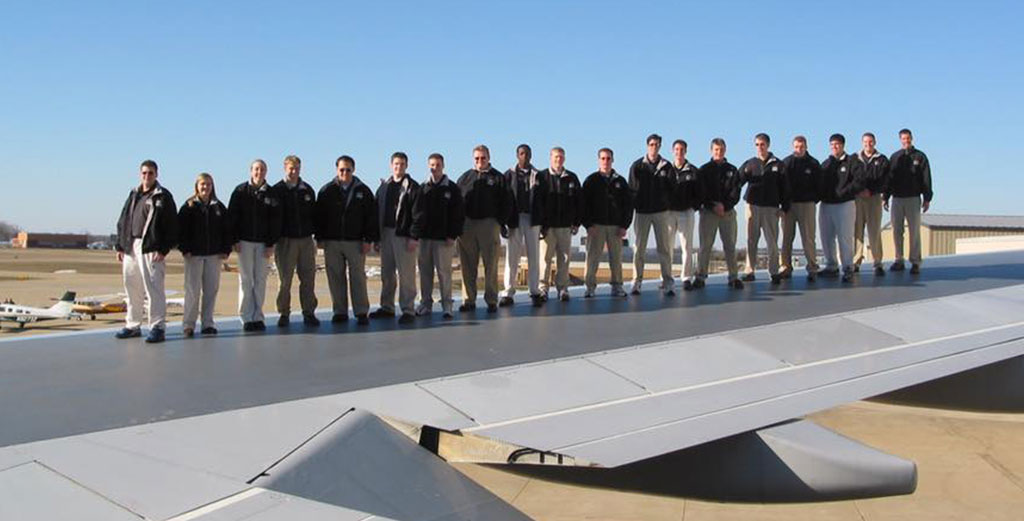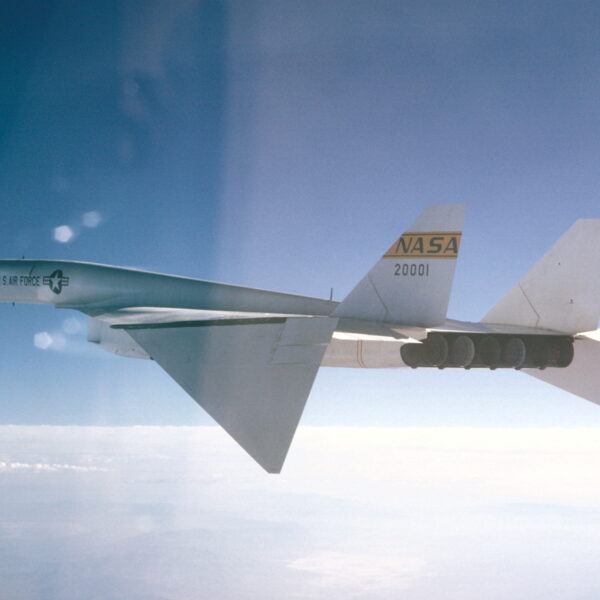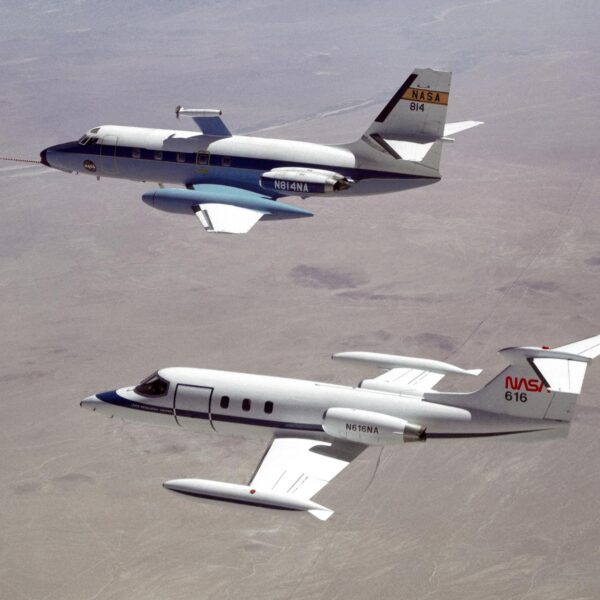Creativity Takes Flight: Whimsical Group Photography in Aviation
As long as there have been airplanes, there have been groups of people behind their development and operation. Teams of hard-working people in engineering, marketing, maintenance, operations, and other areas all work behind the scenes to enable the pilots to fly them.
Naturally, these groups will, at some point, want to be photographed with their respective airplanes. And long before computers and the microchip ever surfaced, various groups of people were out there shooting cool photos that would undoubtedly rake in thousands of likes and shares on any social media platform.
One unique trend that emerged fairly early on in aviation history was group photos in which the group sat or stood on top of the wing of an aircraft. These wingtop photos proved to be a creative way to memorialize the achievements of the groups alongside the flying fruits of their labor or tools of their trade.
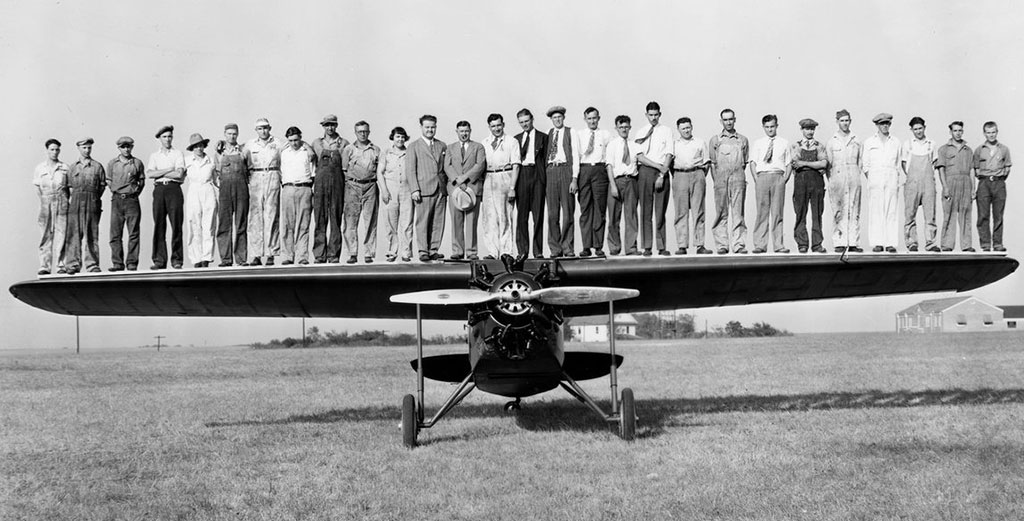
The military seems to be the leader in the “airplane group photo” category, as seen in this old shot of an old seaplane:
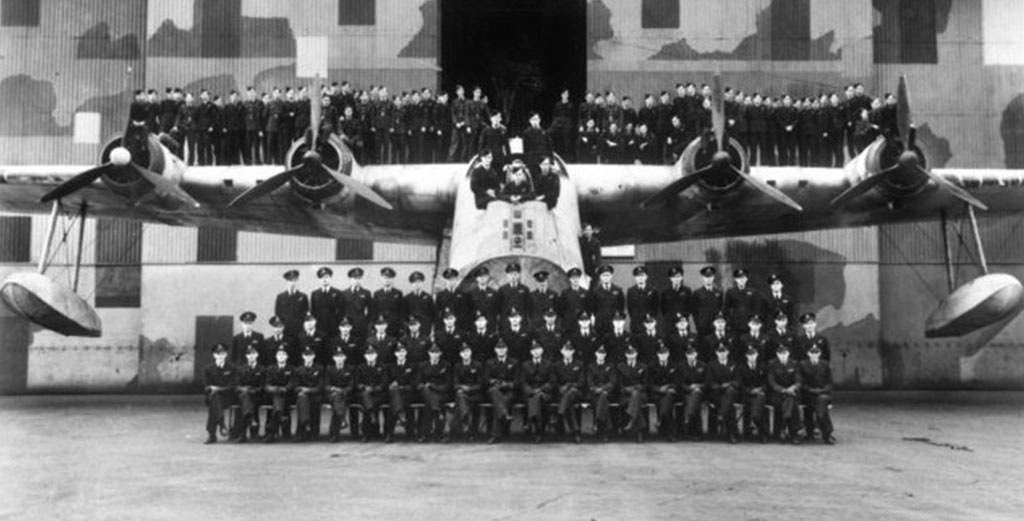
These photo opportunities typically show squadrons proudly posing with one of their aircraft, as we can see in these photos of Hawkers:
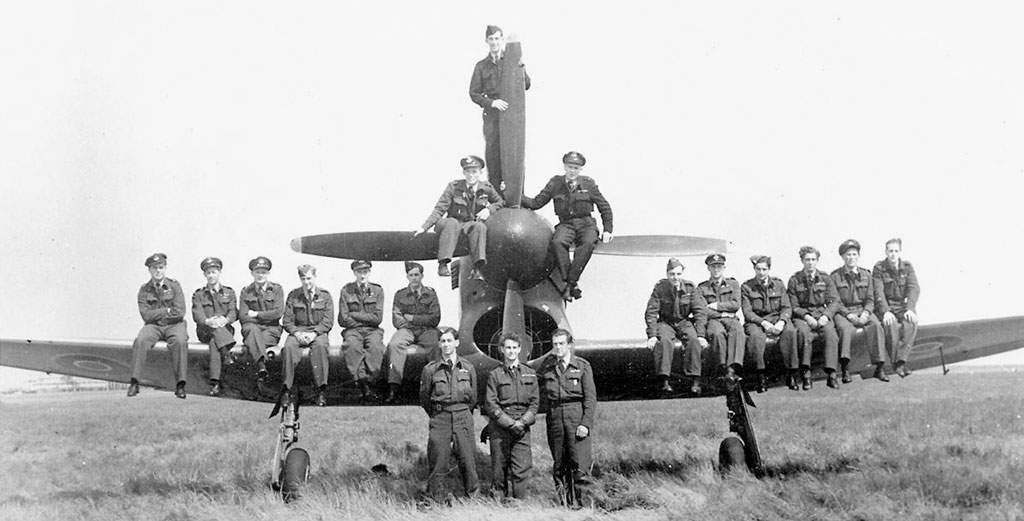
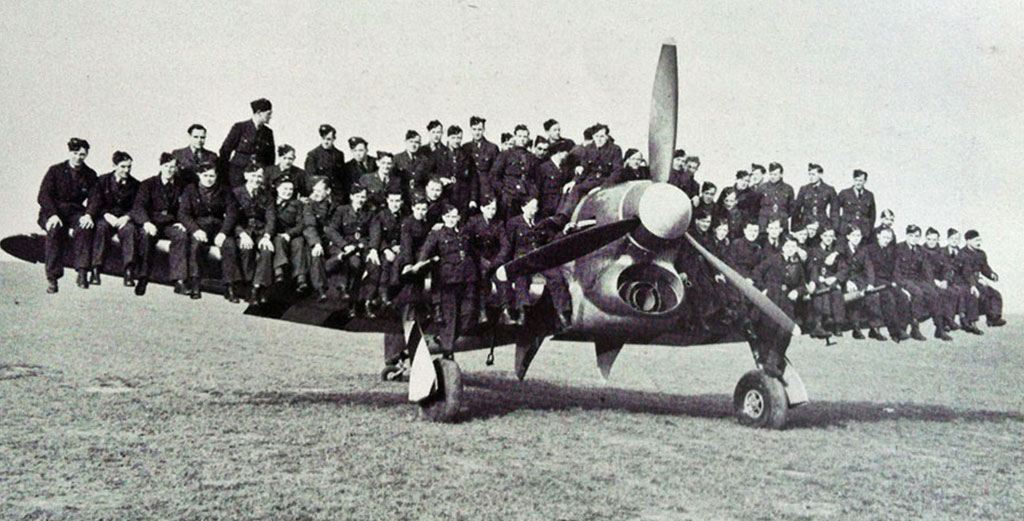
Hawkers:
…and on this Corsair in the South Pacific:
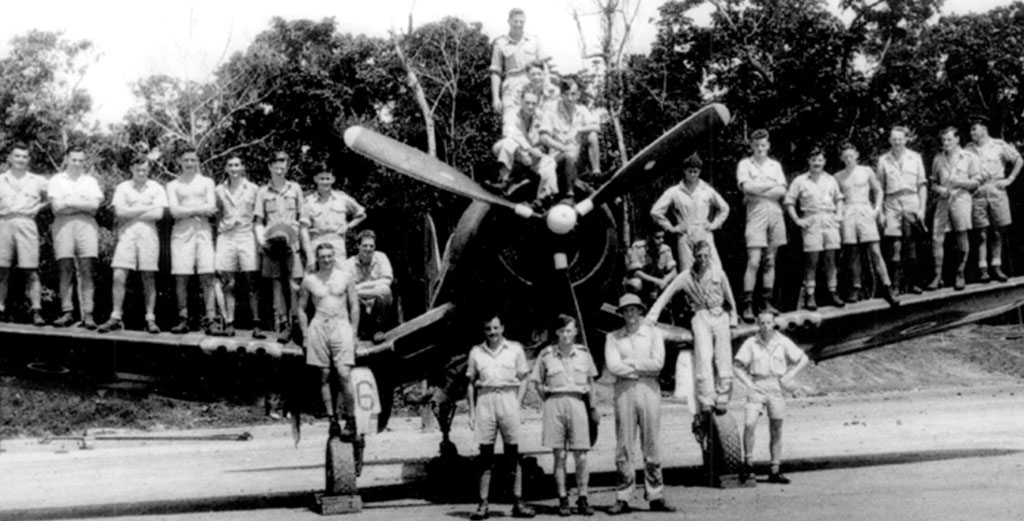
The squadron members of this B-36 have probably placed themselves at the highest risk of injury, given the height of the Convair’s wing:
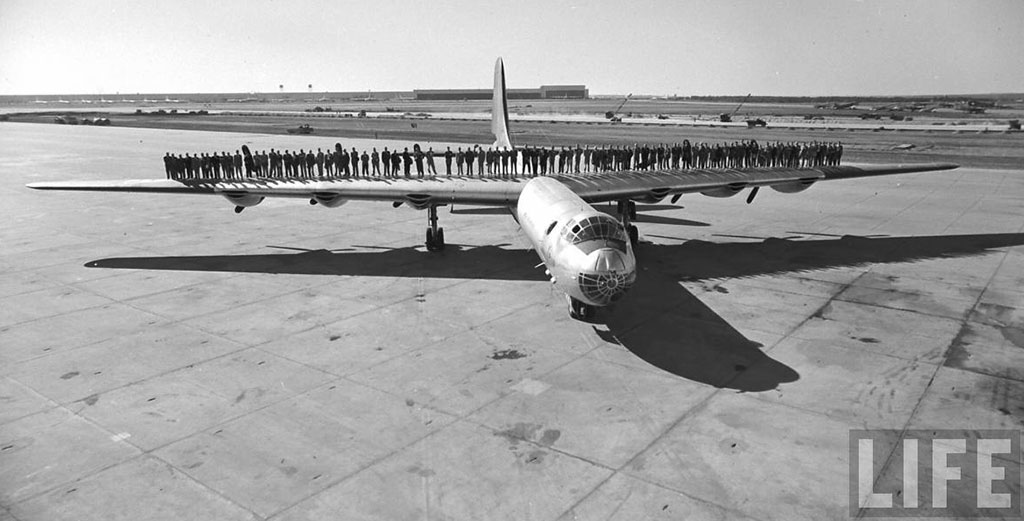
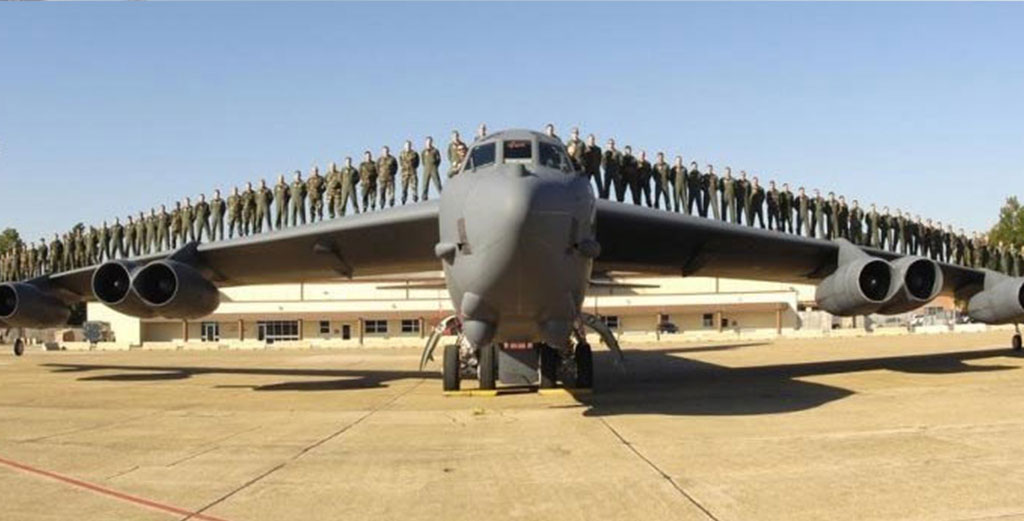
…and this B-52 crew stands apart from most of the others with their exceptionally precise spacing:
Some members of the military pose with an aircraft not because they’re proud of keeping it in the air but rather because they’re proud of keeping it on the ground, as demonstrated by this group of US soldiers standing atop a destroyed Junkers:
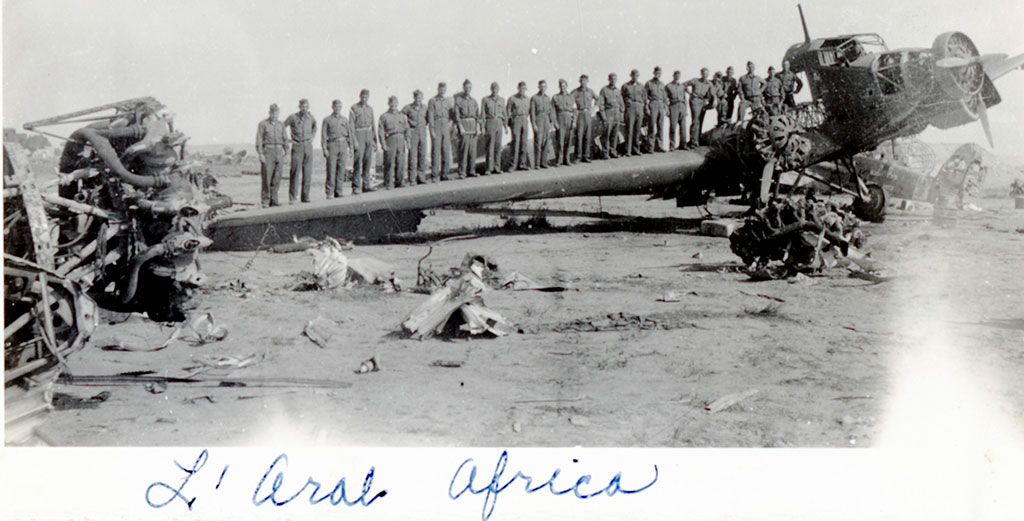
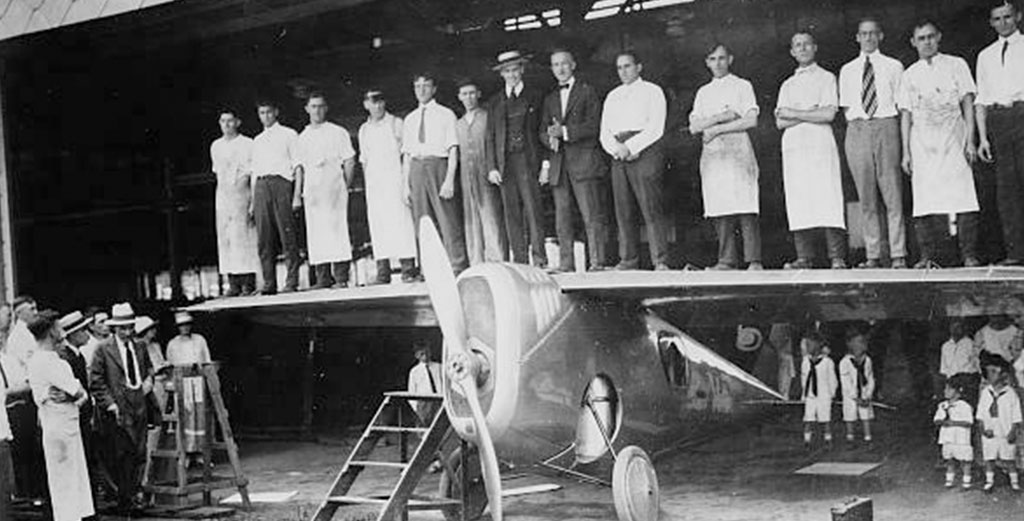
While servicemen were posing with military aircraft for various reasons, civilians were posing for their own. Here we see what is presumably the group of individuals behind the design and engineering of the sole Dayton-Wright RB-1:
The RB-1 is an interesting machine. It was one of the first aircraft to incorporate both leading-edge and trailing-edge flaps and was also one of the first to utilize retractable landing gear. Another interesting design feature is the oval radiator. It had a hole in the center, through which the propeller shaft extended.
The RB-1 was saved from the scrapper and is now on display at the Henry Ford Museum near Detroit:
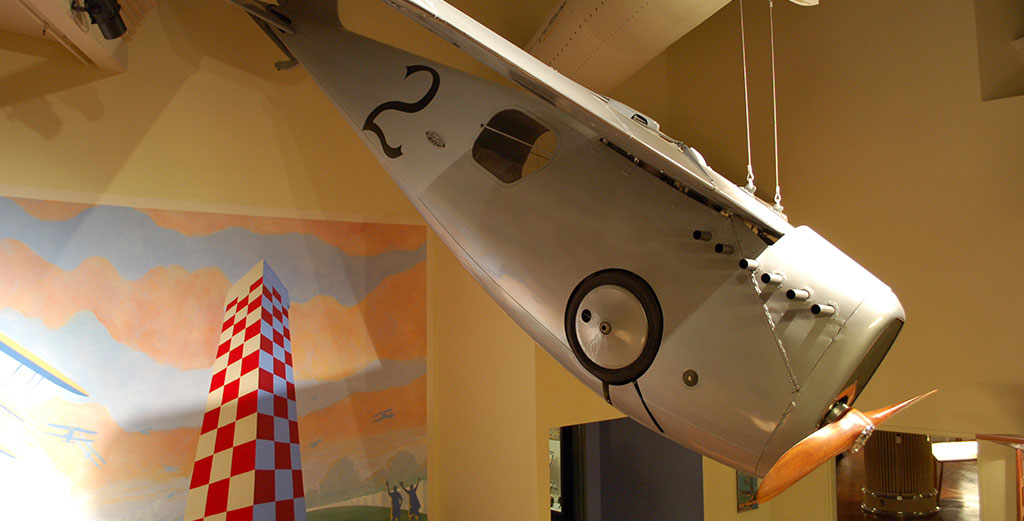
Some aircraft manufacturers spotted a marketing opportunity to demonstrate the strength of their airframes and proceeded to pile humans atop them:
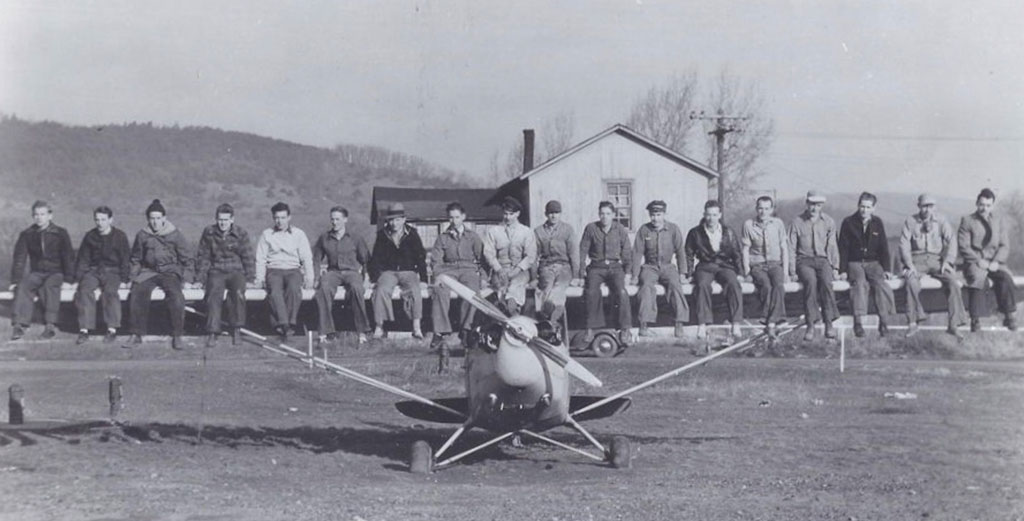
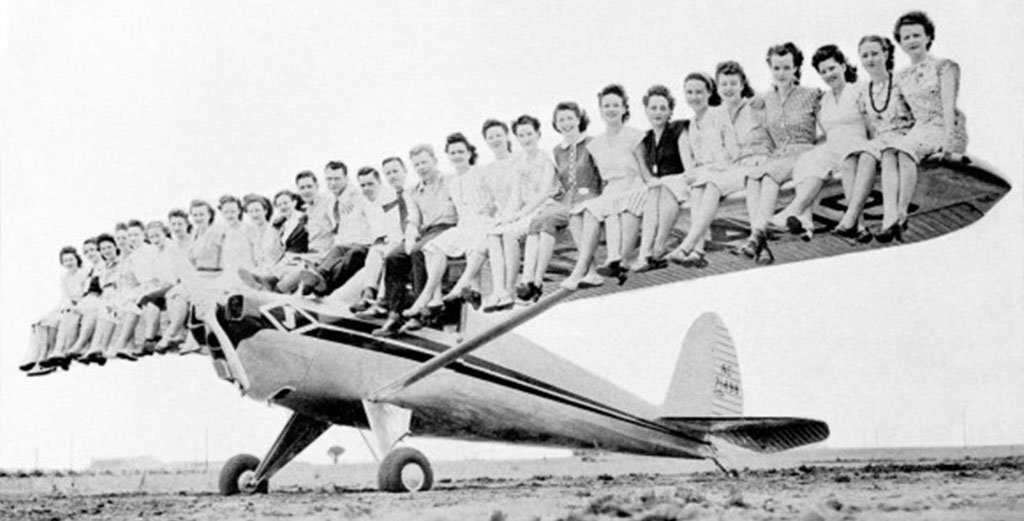
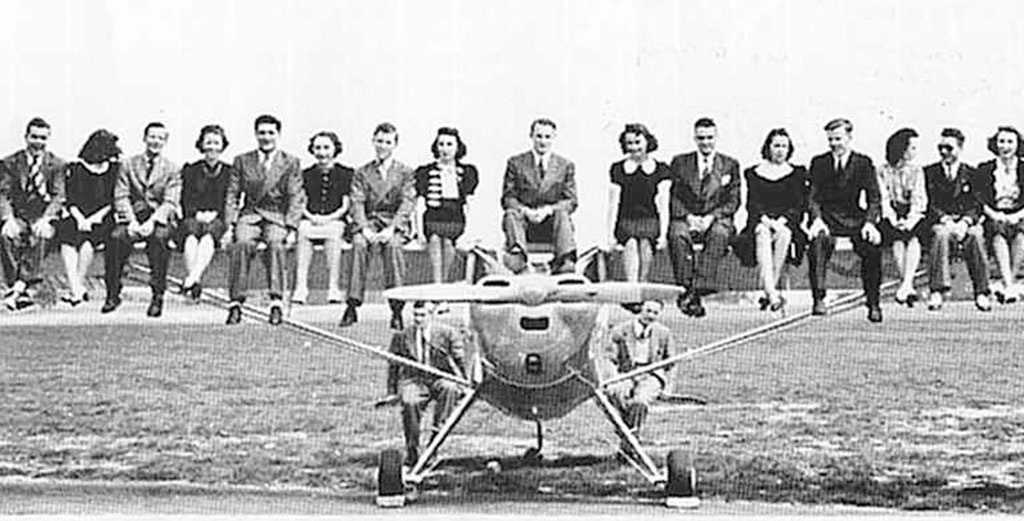
Before long, it occurred to the marketing departments that such photos might resonate more effectively with potential customers – a customer base composed almost entirely of men – if the ads featured women:
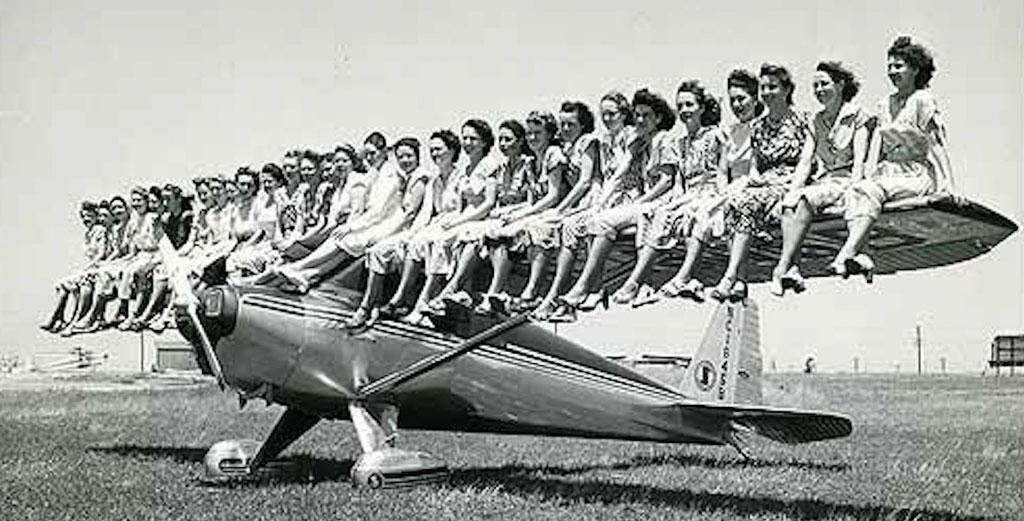
The Piper people wisely placed the smallest, lightest ladies out on the wingtips and directed the very tall ones to remain inboard:
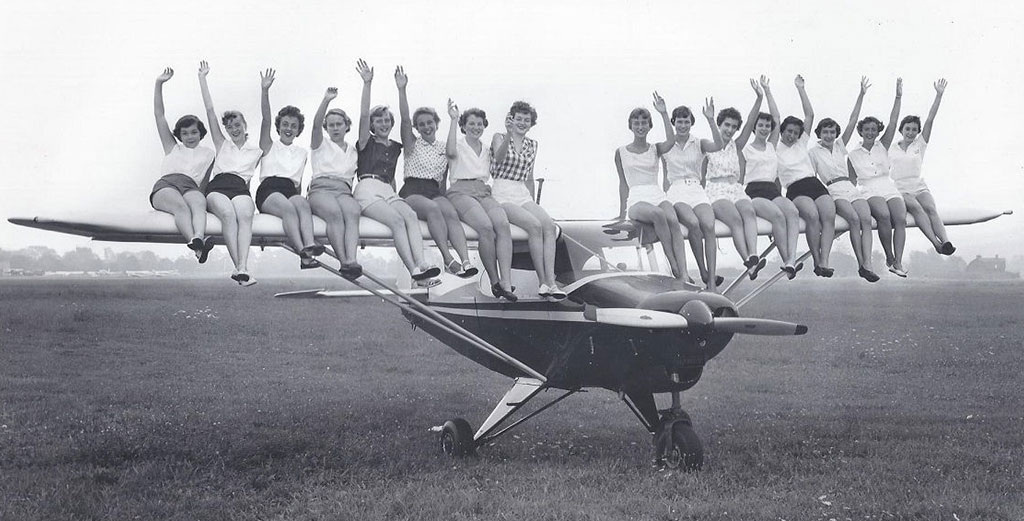
United Airlines joined the trend when promoting their DC-3 “Mainliner”:

Many decades later, the trend continues, as evidenced by this Western Michigan University flight team photo and a retired Northwest Airlines 747:
